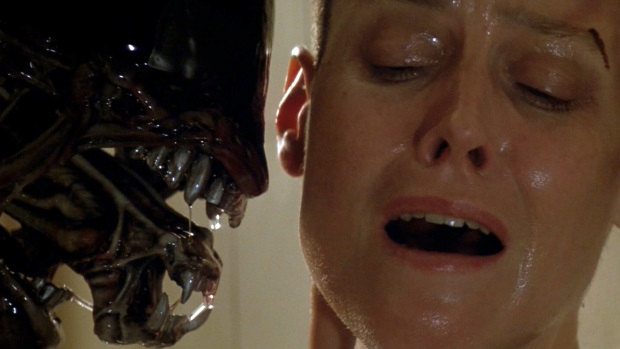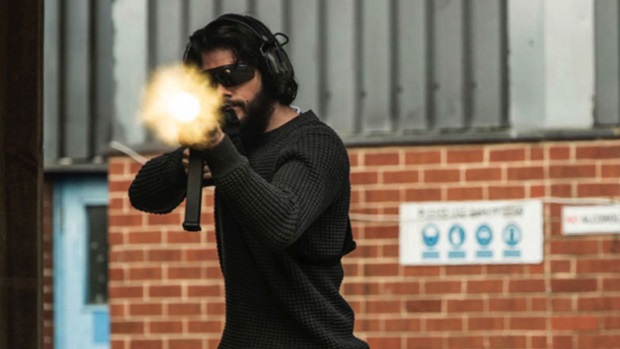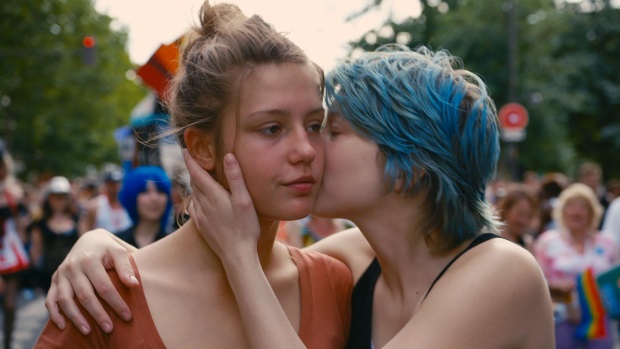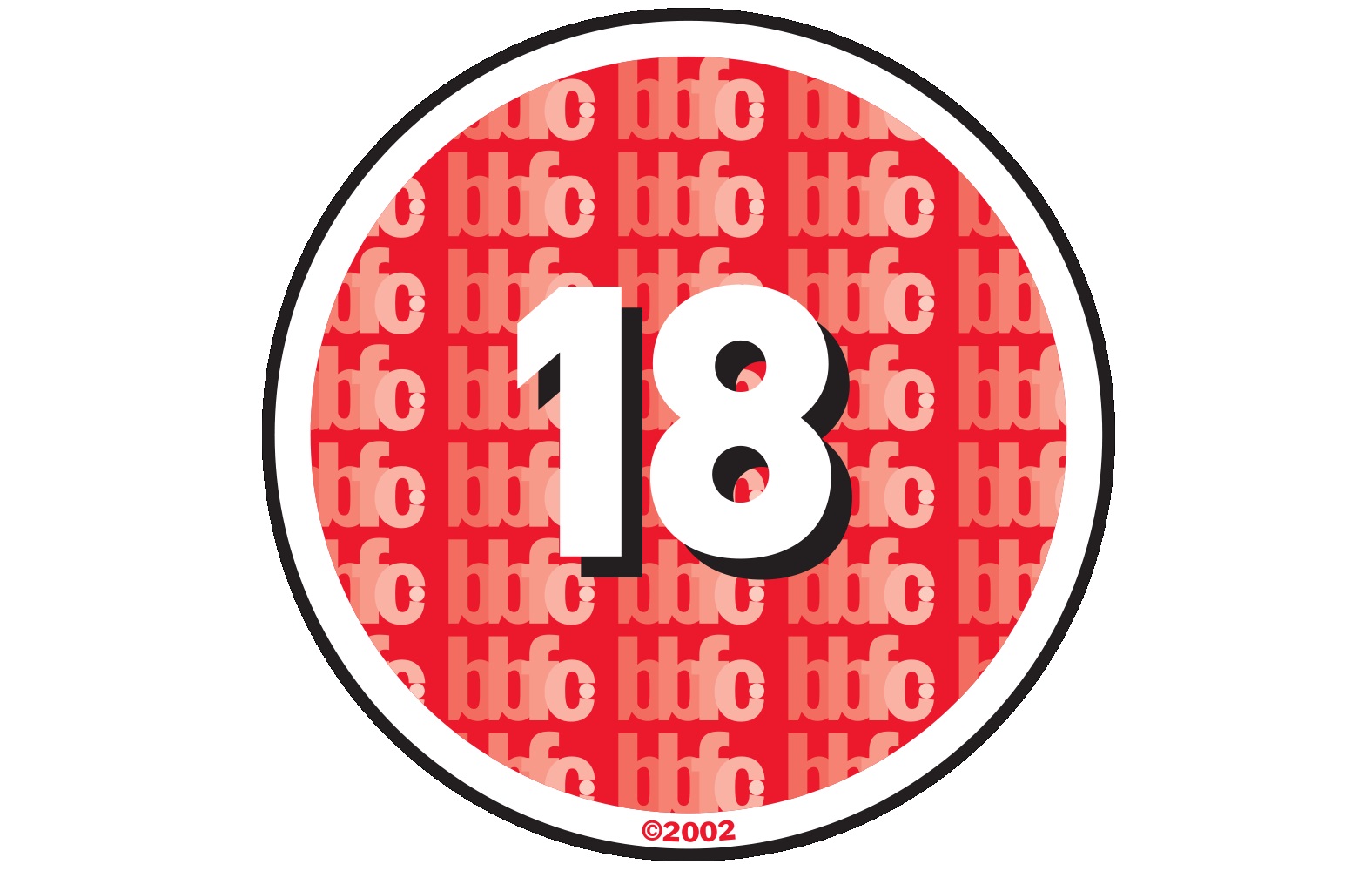This feature is rated 18 for discussion of strong language, sex and violence, and minor spoilers for Black Swan, Logan, John Wick Chapter 2 and American Assassin. There are no spoilers for Mother!.
You know how it is. You wait ages for one film with an 18 certificate and then two of them arrive in UK cinemas in the same week. American Assassin, an action thriller adapted from Vince Flynn’s Mitch Rapp novels, and Mother!, the new drama from Darrren Aronofsky, both landed in the uppermost BBFC category for ‘strong violence’.
It’s comparatively rare to see the 18 certificate before films these days, when they used to pop up on all manner of films, from raunchy comedies to sci-fi actioners. In the case of many older films that have been resubmitted for one reason or another, the board’s more recent decisions have seen some 18 certificate films downgraded to a 15.
In the main, those original classifications came under the regime of the infamous James Ferman, who was secretary/director of the BBFC from 1975 to 1999. He was the man who presided over the video nasties era, refusing to certify films like The Texas Chainsaw Massacre for home release. On a more revealing note, he also mandated the removal of sausage nunchucks in Teenage Mutant Ninja Turtles II.
To give a not so recent example of such a decision, Terminator 2 was originally released in UK cinemas with a 15 certificate, with cuts, and then further cut down to get the same certificate for video release. It was only available uncut in the UK as an 18 certificate Laserdisc. The film wasn’t passed at 15 without cuts until 2001. Last month’s 3D re-release was submitted again (as was necessary for what is technically a new version of the film), and came to cinemas with a 15 certificate.
But it’s not always necessary to incur the cost of resubmitting works for classification if they’ve already been certified. For instance, all of the Alien films have been reclassified from 18 to 15, at least in their extended/director’s cut forms. If the odd boxset contains only the theatrical cuts of the films, they may get an 18 certificate as 20th Century Fox hasn’t resubmitted the original cuts for classification, and so they display the last official decision, even though it’s stricter than a more recent outlook would be.

It’s not only a one-sided shift in the board’s standards that has seen the little red circle become more of a rarity at the cinema. The BBFC’s website states that 18 certificate films are “suitable only for adults”, but the lack of films for adults is only a side effect of an industry that wants to sell its output to the widest possible audience.
We’ve heard plenty of examples of sequels to violent action films like Die Hard and Taken cut scenes in order to get that cushy ‘four quadrant-friendly’ 12A rating instead of a 15, but it’s started happening to films that would otherwise get an 18 too. Earlier this year, the distributor of John Wick Chapter 2 voluntarily cut 23 seconds from the film, specifically relating to “bloody injury detail in a suicide scene” to avoid an 18. In its 15 certificate version, it retains “large spurts and sprays of blood” in other scenes.
What’s important to note here is that the BBFC is not a censor, or at least it’s not in most of the ways that count any more. Since James Ferman’s day, the board has put public consultation first, and in the process, they’ve become a far more open and accountable organisation. A big part of this has involved making the decision process more transparent via their excellent website.
When distributors submit films or any other kind of work, they can request a specific category in which they’re aiming for their film to be classified. Examiners then watch what they’ve been given and make their decision. If it doesn’t exceed their desired classification, the board offers guidance on what can be cut in order to get the certificate they want, and the distributor decides whether or not they want to accept the initial judgement or make changes. You know how that usually turns out.
Therefore, the dwindling number of major films with an 18 certificate is down to the studios more than the BBFC. More often than not, at this end of the scale, a film will be pushed into 18 territory by detailed portrayals of violent and/or dangerous acts, specifically injury, sexual violence and the use of illegal drugs.
Given the precedent for accepting cuts, we were quite surprised that American Assassin was apparently aiming for an 18 rather than a 15, if only because the trailers make it look like a potential series starter based on Flynn’s novels, with a young lead in The Maze Runner‘s Dylan O’Brien and some expensive looking special effects. Moreover, there were two different trailers regularly showing in cinemas – one suitable for 12A audiences (including Spider-Man: Homecoming), and another ‘red band’ trailer that was closer to the tone of the film.

The BBFC Insight on the film distinguishes its “strong sadistic and bloody violence”, and it’s hard to imagine there being too much crossover between the crowd seeing Michael Keaton menace a teenage webslinger, and the one who’ll see him in this fingernail-pulling counter-terrorism thriller. At the time of writing, the R-rated film is on course for a decent second place opening at the US box office, up against It, but it’ll be interesting to see how the 18 certificate affects its business in the UK.
Aronofsky’s Mother! is having a harder time of it, thanks to word of mouth on its divisive ending, but at least the 18 fits the extreme qualities signposted by its marketing. The Jennifer Lawrence-starring drama has a brazenly spoiler-free campaign that only really got going six weeks ago, and was capped by a cinema-targeted spot that promised in block capitals “THIS FILM WILL MESS YOU UP”.
We like that about it, so we’ll keep its secrets and won’t get into much more detail about Mother! than what the Insight has to offer. It’s a different kind of horror film than you might be expecting, and its “strong violence” is different to that of American Assassin, but it’s definitely a hard 18 of the kind that nowadays most often comes from auteurs, extreme horror or erotic thrillers (and Mother! sits proudly in the middle of that particular Venn diagram).
There have been a few recent breakthrough hits at this level, with The Wolf Of Wall Street and Fifty Shades Of Grey each breaking the UK record for the highest grossing 18 certificate film in successive years. The rest of the top-grossing list includes numerous films by the likes of Quentin Tarantino and David Fincher, but they don’t make films every year and there are generally fewer 18 certificate movies in wide release.
Going by films that open in more than 100 screens, American Assassin and Mother! make six for 2017, after T2: Trainspotting, Fifty Shades Darker, A Cure For Wellness and The Belko Experiment. Foreign language films like Paul Verhoeven’s Elle, Park Chan-wook’s The Handmaiden and Takashi Miike’s Blade Of The Immortal have also had limited wide releases, but nothing like the saturation release that films get with a 15 certificate or lower. Between now and December, the only major 18 certificate film we can think of will be Jigsaw, the belated sequel to Saw: The Final Chapter, which has played for and got its rating already.

In the age of streaming and subscription services, it could be that television has taken the 18 certificate, along with stories intended for adults. Episodes of shows like Game Of Thrones, Ash Vs. Evil Dead and most of Marvel’s Netflix shows wind up getting 18 certificates routinely. As the certificate pertains to American movies, whose domestic audience is only concerned with the R rating rather than our distinction between 15 and 18, it may well be that these films are doing what they need to do to exceed PG-13, but aren’t going much further.
For example, Logan is one of the most brutally violent films we’ve seen out of a studio in recent years, entirely divorced from the comic book/fantasy violence bracket that keeps most of the rest of the X-Men franchise safely inside the 12A bracket, where everyone will probably be alright in the end. It’s way more affecting than something than last year’s Deadpool, which kicked the door down for Logan, but dressed its more adult content in juvenilia rather than mature themes, but apparently, both films pass at 15.
The BBFC has undergone a lot of development and modernisation, but it’s not perfect. Excepting the prohibitive costs of classification for independent filmmakers and the occasional controversy in which extremely provocative films like The Human Centipede Part II and A Serbian Film are refused even an 18, they also have a couple of blind spots that are relevant here.
It’s very unusual that profanity gets a film all the way to an 18 certificate nowadays, but that didn’t stop the board recommending that Ken Loach cut more than half of the uses of the C word in his 2012 film The Angel’s Share, in order to secure a 15. Loach yielded and recut the film, but that still left seven C-words in the theatrical version, which sort of makes you wonder why quantity was an issue. To be fair, the updated guidelines from 2014 make no mention of language at the 18 level.
But their major issue still appears to be female sexuality, where certain 18 certificate films which broach the subject are sorted into the same bracket as films featuring the most serious sexual violence. We geeks may have noticed that the graphic novel adaptations Blue Is The Warmest Colour and The Diary Of A Teenage Girl were both slapped with 18 certificates for content that passes at 15 in male-driven raunchy comedies. It’s a shame because teenage girls are firmly in the audience to which those films were playing, and they’re both films that deserve to be seen.

Still, it’s the downside of an organisation that has taken up public consultation as effectively as it has. Incidentally, when Aronofsky’s Black Swan came out in 2011, the board’s annual report for that year reported that it was one of the most complained-about films. The grounds were that “portrayals of homosexual activity should either be restricted to the 18 category, or not shown at all”. That film still has a 15 certificate, so perhaps this tells you more about the sort of people who complain to the board than anything else.
The BBFC has stated that adults should be able to decide what they want to watch for themselves, except in the aforementioned areas where illegal or dangerous activity is shown to be enjoyable or pleasurable. These days, it’s much more uncommon that they refuse certification, but apparently, it’s altogether more uncommon for studios to make major films that even come close.

